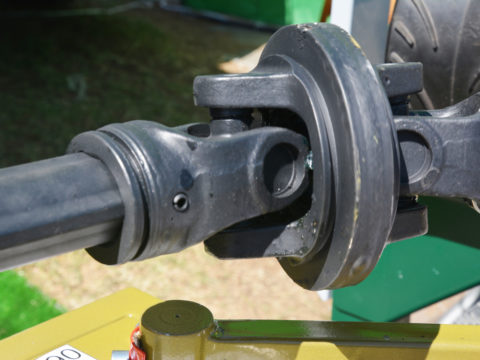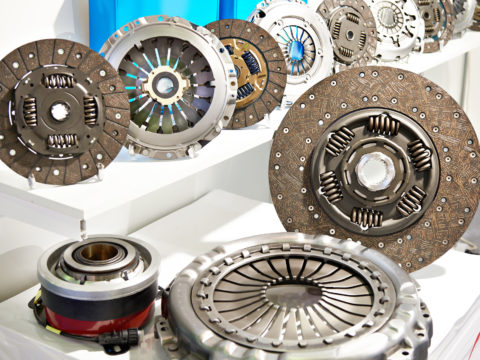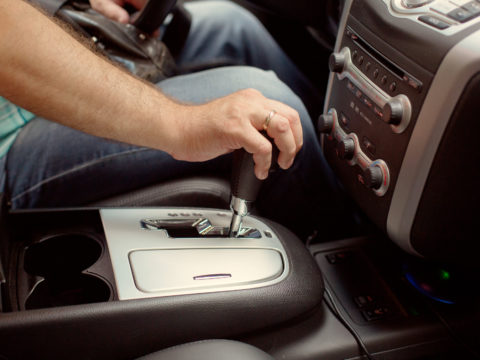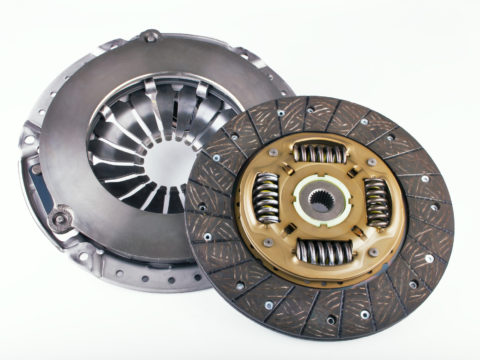There are three types of transmissions: automatic, manual, and CVT. It assures that the right amount of power goes to the wheels when driving at a given speed.
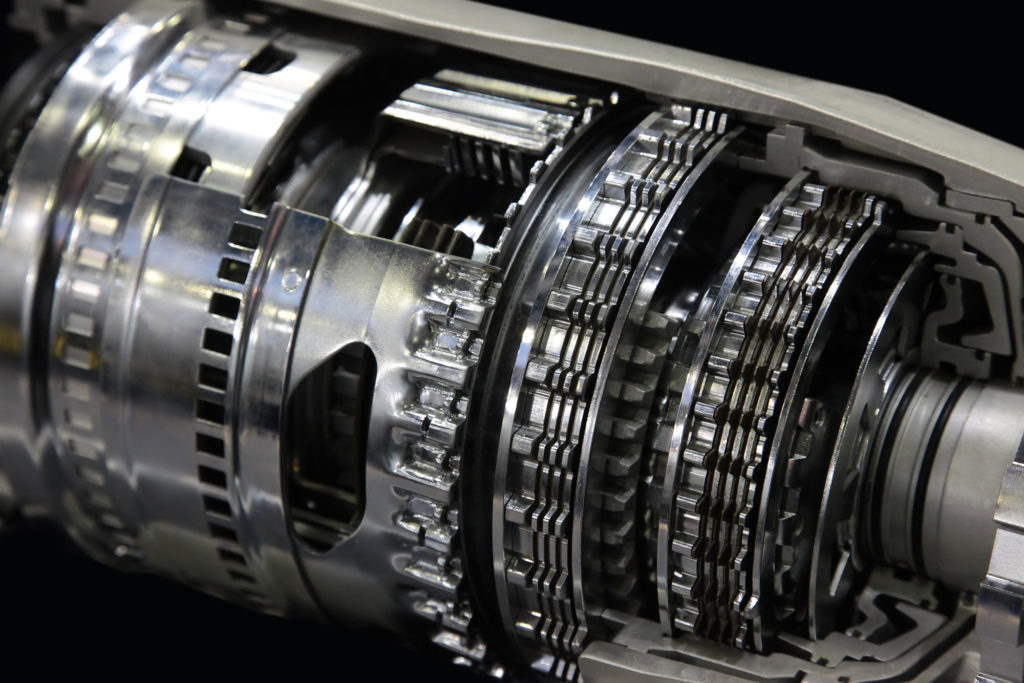
With a manual transmission, the driver must shift gears up or down as the speed of the car changes. The driver presses the clutch to disconnect it from the engine. While pressing the clutch, the driver can shift gears. With an automatic transmission, a torque converter senses the change in speed and does the shifting for you.
What about CVT, though? Is it a good choice? Let’s get into a full discussion of the topic.
Contents
CVT Engines
CVT stands for continuously variable transmission. A CVT shifts seamlessly between gear ratios while other types have a fixed number.
You can find the original design for a continuously variable transmission in Leonardo DiVinci’s notebooks. A few centuries later, Daimler and Benz patented a CVT design. In 1910, Zenith used a CVT in motorcycles that were so efficient, it was banned from hill-climbing competitions. Subaru popularized CVT in the late 1980s.
Now, most automobile manufacturers have at least one model featuring a continuously variable transmission.
Features include:
- A high strength belt
- A drive pulley
- A driven pulley
- Microprocessor and sensor array
Advantages of CVT Transmission
Continuously variable transmissions have gained popularity in recent years because they offer several advantages over manual and other automatic transmissions:
- Stepless acceleration makes for smoother acceleration
- Less power loss during shifting gives the vehicle better fuel economy and keeps the engine RPMs low and consistent
- An unlimited range of effective gear ratios eliminates hunting for the right gear while decelerating
- Having no actual gears eliminates “shift shock” and grinding
Disadvantages of CVT Transmission
A smoother acceleration experience and better fuel economy are excellent points to recommend CVTs. However, we should note some disadvantages:
- There is less feeling of connection between the driver and the transmission. Some drivers like the experience of shift change.
- Only work well with small, lower-power engines
- They do not last as long as other types of transmissions
- They are more expensive to repair and replace than other transmissions
- Some common problems include overheating, slipping, and sudden loss of acceleration
- Some drivers do not like the loud, droning sound the CVT makes during acceleration
Are CVT Transmissions Reliable?
Yes, modern CVTs are a reliable transmission. They are no more or less reliable than the other types.
They are best suited to smaller cars. Depending on the car you want will have the greatest impact on whether a CVT is a good choice for you.
Which Cars Have a CVT?
Several top car brands have options with CVT, but some have had more problems than others.
Honda
Honda offers an added feature with their CVT models called Honda Control. It detects “sporty” driving, such as a curvy, downhill road. The transmission maintains a higher engine speed for smoother acceleration and deceleration. Honda models with CVT include:
- Civic
- Accord
- Fit
- Insight
Honda recalled the 2014 and 2015 Civic for broken pulleys due to faulty software.
Toyota
A CVT transmission is likely to last just as long as other types. The Toyota Prius has been known to last over 300,000 miles. Toyota models that feature CVT are:
- Rav4
- Prius
- Corolla
- Toyota C-HR
- Camry
Toyota is a reliable maker of fuel-efficient vehicles featuring CVT. They had to recall the 2019 Corolla hatchback due to failing torque converters.
Nissan
Nissan offers six models with CVT transmission:
- Versa
- Altima
- Murano
- Pathfinder
- Rogue
- Sentra
Nissan struggles to offer a reliable CVT transmission. Consistently low customer ratings give the company a reputation for unreliability. Nissan acknowledged the problem and offered extended warranties on their CVTs.
Problems with Nissan’s CVT models include shaking during acceleration, problems accelerating, sudden shutdowns, and hot transmissions.
Subaru
Subaru began using CVT in many models in the late 1980s. Several models have CVT available along with manual mode. You can use the transmission as manual with a wheel-mounted paddle shifter for your initial acceleration.
Models with CVT include:
- Outback
- Legacy
- Forester
- Impreza
- Crosstrek
- Subaru WRX
Subaru is known as an overall reliable manufacturer of vehicles. They struggled with low customer ratings from 2012 to 2017 due to some problems with the CVT. Customers reported shaking, stalling, and fluid leaking from the CVT.
Mitsubishi
Like Nissan, Mitsubishi is plagued by problems with its CVT systems. Customers have consistently reported problems with their Mitsubishis because of the transmission. The models include:
- Lancer
- Outlander
- Outlander Sport
- Mirage
- Elipse Cross
Three customers filed a class-action lawsuit against the manufacturer because of the faulty CVT. They describe shudders, surges, and problems with acceleration that cause dangerous driving situations.
Mitsubishi has replaced faulty CVT systems, but customers report that the replacement is no more reliable.
Hyundai
Hyundai makes many popular fuel-efficient models. Overall, they have reliable models that feature CVT transmissions:
- Sonata
- Accent
- Tucson
- Elantra
Customers report some complaints about Hyundai CVTs. Most involve slipping and sensor problems.
Hyundai has not issued any recalls due to CVT transmissions. They put out a Technical Service Bulletin for the 2020 Elantra to resolve issues with the CVT.
Kia
Kia makes overall, reliable models featuring CVT:
- Forte
- Soul
- Optima
- Rio
- Sportage
Kia has very few reported customer complaints about their CVT models. The Kia Soul has had a few transmission failures and loss of power between 15,000 and 19,000 miles.
Kia has not had to issue recalls for their vehicles because of CVT transmission problems. They did put out a TSB for the 2020 Rio.
Ford
Ford is an unexpected name on this list of manufacturers offering CVT models. They have made a strong showing for their models that offer CVT transmissions:
- Freestyle
- Escape
- Fusion
- Ford Five Hundred
Most complaints of transmission failure or slipping occurred over 100,000 miles. A few customers reported leaking between 6,000 and 30,000 miles.
Ford has not issued any recalls or TSBs for their CVT transmissions, making it a reliable manufacturer for cars with CVTs.

How Long Do CVT Transmissions Last?
You can expect a CVT transmission to last about as long as a traditional automatic transmission. Manufacturers design them to last the vehicle’s lifetime or at least 100,000 miles. Some brands do better than others.
Like any vehicle component, there are steps you can take to get the most out of your CVT transmission.
Regularly change the transmission fluid between 30,000 and 50,000 miles. The manufacturers will recommend the optimum time for your model.
Check for fluid leakage when you change your oil. Catching a problem when it is small is the best way to save money on car repairs. If you see any fluid seepage, you can bring your car to the dealership right away.
Don’t launch your car. Launching is holding the break with your left foot while you rev the throttle with your right. Then release the brake and press the gas pedal down. Launching can be fun, but it stresses the drive train and overheats the torque converter.
Allow your transmission to warm up before driving aggressively. Most of us know to let our engine warm to the optimum temperature, but the same applies to the transmission fluid. You will get the best results from your CVT when it is warmed up. The transmission fluid takes about five more minutes than your engine to reach temperature.
Check for Transmission Control Module updates. The TCM is a computer component in your transmission. If you are having problems with slipping or low acceleration, you may need an update for the TCM. Check with your dealership or search for Technical Service Bulletins for your make and model.
This final tip for getting the most out of your CVT is for you if you like making modifications to your vehicle. Be sure that you don’t tune-up or make mods past the transmission limits. You will only stress your drive train and wear out your CVT sooner than necessary. Enjoy your mods within limits.
How CVT Transmissions Work
There are three types of CVT: pulley, toroidal, and hydrostatic. They operate on the same principle of creating a seamless transition between gear ratios.
Pulley-based CVTs are the basic model we’ve been talking about so far. They have two variable diameter pulleys and a belt. The distance between the pulleys determines the gear ratio. One pulley is the drive or input pulley connected to the engine’s crankshaft. The other pulley is the driven or output pulley connected to the driveshaft.
Toroidal CVT replaces the belt and pulleys with power rollers and discs. These discs serve the same function as the drive and driven pulleys. However, they do not need to move relative to each other.
The power rollers rotate along a horizontal axis and tilt along a vertical axis. The tilt of the rollers determines the gear ratio in toroidal CVTs.
While pulley and toroidal CVTs are frictional systems, the third type is different. A hydrostatic CVT converts fluid flow into rotational motion. You have a hydrostatic pump on the drive side and a hydrostatic motor on the driven side.
FAQs
Here are some of the commonly asked questions regarding CVT transmissions.
How to Drive a Car With CVT Transmission?
You will drive your CVT vehicle the same as one with a traditional automatic transmission.
Avoid resting your left foot on the brake pedal. You cause strain on the engine and abnormal wear on your brake pads when you do this. Maintain steady throttle pressure to maximize fuel economy. Revving and decelerating hamper your car’s efficiency. You can keep a steady pressure by avoiding aggressive driving and planning your passing well.
The most taxing things you can do to your CVT transmission are quickly accelerating and decelerating.
Consistent throttle input keeps the engine RPMs and drive train in sync with each other. When the transmission functions optimally throughout your drive, you get the best fuel economy and least wear and tear on your transmission.
This concept applies to exiting the highway also. Maintain the same throttle pressure while exiting and decelerate gradually to keep the drivetrain and engine RPMs synchronized.
Use neutral when you are stuck in traffic. Shifting into neutral reduces your fuel consumption and reduces the load on your brakes.
Is CVT Better Than Automatic Transmission?
Whether CVT or a traditional automatic transmission is better is a matter of opinion. They last about the same amount of time. A CVT has limitations for which models can handle using the system. If you want a heavy-duty vehicle, then an automatic transmission will serve you better.
Another drawback to CVTs is the higher cost to repair and replace. However, several brands produce reliable CVT models that last well over 100,000 miles.
Which CVT Transmission Car Brand is The Most Reliable?
The Toyota Prius can last over 300,000 miles. The other CVT models by Toyota are reliable also.
Subaru offers the most variety in models that offer the CVT. They are also dependable, with very few reported issues. Kia and Ford for their excellent records for reliable CVT models too. They each have a handful of models with no recalls and hardly any customer complaints.
Any of these four brands offer reliable CVT vehicles.
Are CVT Transmissions Better Now?
Newer CVTs have fewer issues reported on them than the older models for the reliable brands mentioned above. Some recent issues exist, such as the 2019 Toyota Corolla Hatchback recall and the 2020 Elantra TSB.
When you look back over the timeline of customer reports, there are fewer issues with newer models than with older ones.
What Cars Have a Lot of CVT Transmission Problems?
Nissan and Mitsubishi have the worst track records for their CVT models. If you plan to buy a vehicle with a CVT transmission, I advise against these two manufacturers.
While both companies offer extended warranties for their CVT models, it is not worth the hassle to deal with greater odds of making repairs.
Are CVT Transmissions Expensive to Maintain?
While repairs and replacement of a CVT can be more expensive than other transmissions, maintenance is about the same.
Change the transmission fluid regularly to keep it running at optimal performance, and check for fluid seepage regularly so you can deal with problems while they are small and don’t cost as much to repair.
Should You Buy a Car With CVT?
If you want a small, fuel-efficient vehicle, then a CVT is a great choice.

